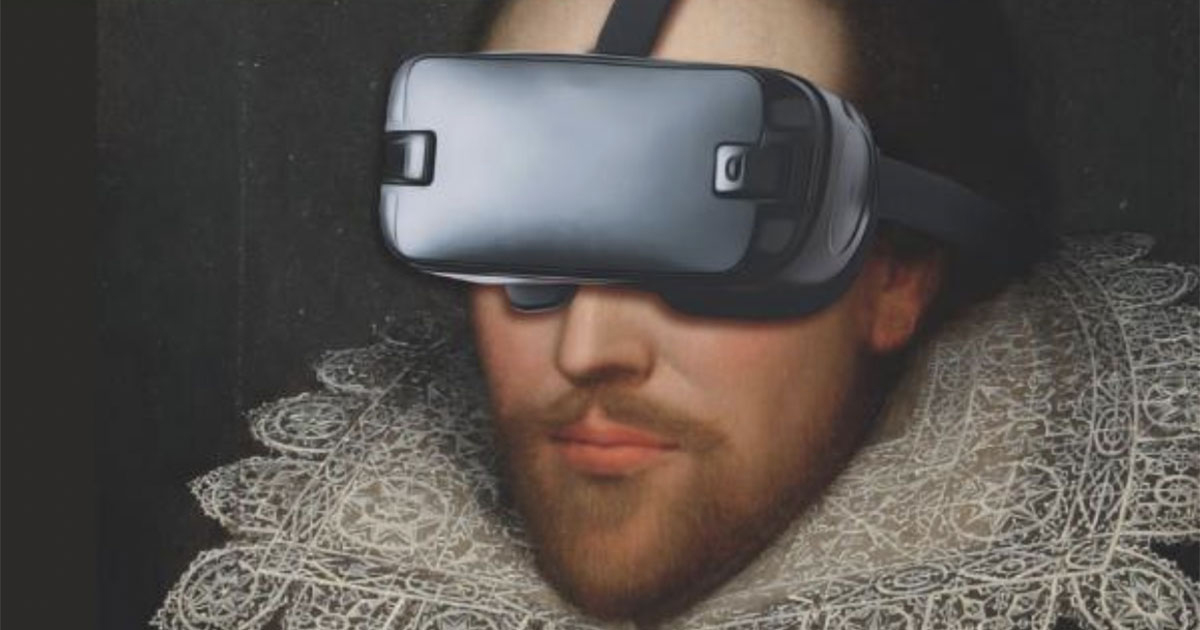Paths to accessing Shakespeare affect understanding, KU scholars say

LAWRENCE – Does it matter whether we access Shakespeare by watching one of his dramas onstage or over a smartphone? Wouldn’t a rose by any other name smell as sweet?
Not exactly, say two University of Kansas Shakespeare scholars in a chapter of the new book “The Routledge Handbook of Shakespeare and Interface.”
While they favor every possible means of exposing 21st century readers to the Bard, the authors wrote that, by abstracting the essential information, the delivery method matters to the recipient’s understanding.
In “Abstraction as Shakespearean Interface,” Jonathan Lamb, professor of English, and Suzanne Tanner, doctoral student in English, wrote that Shakespeare is “necessarily accessed through a variety of interfaces, including not only actors on stage but a whole range of ‘abstracts.’”
They don’t exactly argue in favor of Marshall McLuhan’s famous dictum that the medium is the message, but they do compare the text of Shakespeare and the various ways in which we now access it to a computer’s underlying operating system and its on-screen icons.
“Accessing Shakespeare has long meant interacting with frames — icons, we might say — that make possible our comprehension of the plays and poems,” the KU researchers wrote.
Those iconic abstractions can range, they wrote, from the summary in a playbill to the illustrations in a book to episodes of the popular video series Thug Notes, which deliver SparkNotes-type summaries of literature for humorous effect.
Thus, Lamb said, the answer to the rose/smell question would be, “It depends on what you're trying to access when you smell the rose.
“In the article, we talk about the different types of users — the student user, the casual consumer, the scholarly user — and each of those users attends to Shakespeare wanting to get or do certain things,” he said. “The interface shapes whether they're able to access it in the way that suits the user’s needs. … Some of those ways are going to be more abstract, and they're going to be better for the type of access that the user wants. But sometimes they're going to hinder the type of access users want, or complicate it, or add unexpected layers.”
Tanner said she approached the questions posed in the essay through the lens of media studies or media theory, which she described as asking, “‘What is the goal of media? What's the point of media?’ And we talk a lot about how media is mimetic, that it represents things, and that representation is a fairly common idea. And I think using the term abstraction moves us away from representation in a productive way, in that it helps us understand that not all art, not all theater, not all language, even, is always about representation. Sometimes it's about very abstract things, but that still communicates in a way that helps us access ideas.”
Lamb mentioned some recent high-profile efforts to “translate” Shakespeare’s works from early modern English to contemporary usage, both onstage and on the page. At first, he said, “I was kind of upset by that, because I love Shakespeare's language. But if we can pause our taking offense and think, ‘How can we best invite people in the 21st century, for whom early modern English is very difficult, to engage with Shakespeare's plays?,’ the easy answer is the abstraction that comes with a translation process.”
Image: Detail from the cover illustration for "The Routledge Handbook of Shakespeare and Interface."